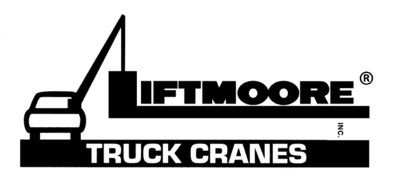Troubleshooting Hydraulic System
Electric Pump, 14P Socket
Important Note!
The importance of first physically checking every connection between the battery and the crane cannot be overstressed!
Poor connections or poor grounding account for a large percentage of electrical problems. Time is often wasted chasing other probable causes only to eventually find a loose or corroded connection.
Measuring the voltage is not sufficient. Often a poor connection will allow enough amperage to operate a meter or test light, but not enough to operate the motor, which requires very high amperage. Voltage must be measured while a load (application of Function) is applied.
If the problem is random and intermittent then it is almost assuredly a loose or bad connection.
Another common problem is low battery voltage. Even if the battery is good when troubleshooting begins, running the motor can quickly drain a battery. If it can be done safely, it is best to have the vehicle running.
Also check the control socket and plug for bent, corroded, or dirty pins.
Caution!
As the motor approaches stall, due to low voltage or excessive load, a very rapid heat build up occurs which will quickly damage the motor. If the motor is not turning, do not operate the switch for more than a second. Allow the motor to cool between attempts to make it run.
Foamy Fluid
If the fluid foams then the problem is the pump seal – have it replaced.
Pump does not run
If both the pump and winch are not working, the problem is power related or control wiring related. Troubleshoot those areas first.
If the solenoid is actuating it will make a clicking noise. If the solenoid is not clicking, check for power at the coil input (small screw terminal) when the Boom Up switch is activated. If there is no power then the problem is the control wiring.
If the coil is getting power when the switch is activated, but not clicking then the problem is most likely the solenoid.
If the solenoid is clicking check for full power input to the solenoid. Trace the wiring back to the crane input, checking for power at each connection until the problem is found. If full electrical power to the motor is confirmed then the motor is faulty and should be replaced.
Testing the pendant and control wiring
If the problem is narrowed to the control wiring, it is most likely do to a cut or disconnected wire. A visual inspection of the wiring should be made and repairs made as necessary.
To narrow the problem to either the crane wiring or the pendant, use a piece of wire or metal object to short between the control socket power pin (Pin E) and the pump signal wire (Pin K).
If the function operates then the problem is in the pendant. Have it repaired or replaced.
If the function does not operate, check for power at the control socket power pin. If it does not have power then trace the wiring back until the problem is found.
